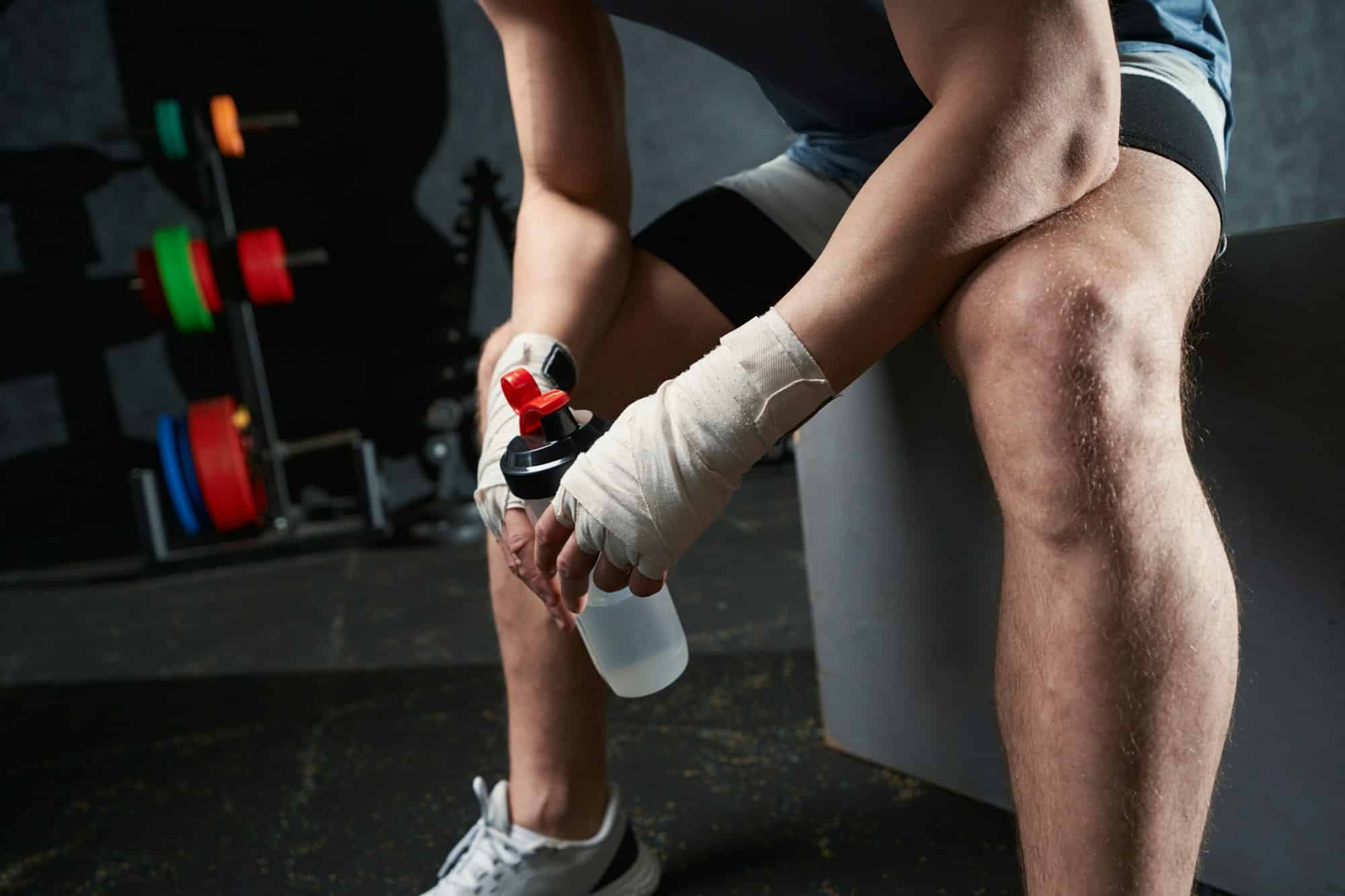In the high-intensity world of volleyball, one skill stands paramount to others: the vertical jump. This pivotal movement is the cornerstone of powerful spikes, effective blocks, and dynamic saves. Achieving a high vertical leap is a product of both natural athleticism and dedicated training. Plyometric exercises are a key tool in honing this skill, with their unique ability to build explosive power and speed. When tailored correctly, plyometric training can lead to significant gains in vertical leap height, enhancing an athlete’s performance on the volleyball court. This article provides a comprehensive guide on how to optimize plyometric exercise for maximum vertical leap in volleyball.
Understanding Plyometric Exercises and their Role in Jumping
Before delving into the specifics of plyometric exercises, it’s crucial to understand what they are and how they contribute to higher jumps. Plyometrics, also known as "jump training," are exercises designed to produce fast, powerful movements. They work by rapidly stretching the muscle (eccentric phase) and then contracting it (concentric phase), generating a large amount of force in a short time. This force is what allows athletes to jump higher.
Also read : What Are the Safest Weight-Cutting Strategies for MMA Fighters Close to Bout Day?
Plyometric exercises are particularly effective for sports like volleyball, where the ability to leap vertically is vital. They help improve both the strength and efficiency of the jumping muscles. By focusing on the speed of muscle contraction, plyometrics can enhance an athlete’s jumping power without necessarily adding muscle bulk.
Key Plyometric Exercises for Vertical Jump Training
Having established the importance of plyometric training, let’s move onto the key exercises that can help increase vertical jump height. Each exercise targets specific muscles and movements related to the vertical jump, optimizing the power and efficiency of each leap.
Topic to read : How Can Stroke Rate Variability Be Optimized in Competitive Swimming?
Box jumps, for example, are a staple in plyometric training. To perform a box jump, start by standing in front of a sturdy box or platform. Lower your body into a semi-squat position, then explode upwards onto the box, fully extending your hips, knees, and ankles. This exercise is particularly valuable because it mimics the explosive upward movement of a vertical jump, helping to build both power and coordination.
Depth jumps, another fundamental plyometric exercise, are done by stepping off a box, then immediately jumping vertically as soon as you land. This exercise helps improve reactive strength, essential for increasing the speed and power of your jump.
Tailoring Plyometric Exercises to Your Training
While plyometric exercises are effective, it’s essential to tailor them to your training program. This involves considering factors such as the volume, intensity, and progression of the exercises.
Volume refers to the total number of jumps performed in a session. As plyometric exercises are intense, it’s important to start with a low volume and gradually increase it over time. Too high a volume can lead to fatigue and injury.
Intensity refers to the difficulty of the exercises. Higher box jumps and depth jumps, for example, are more intense than lower ones. As with volume, it’s important to start with lower intensity exercises and gradually progress to more demanding ones.
Progression relates to how you increase the volume and intensity of the exercises over time. A good rule of thumb is to increase the volume before the intensity. Adding more jumps to your routine before making them more difficult can help build a solid foundation of strength and endurance.
Monitoring and Adjusting Your Plyometric Training
An essential step in optimizing your plyometric training is consistently monitoring your progress and making necessary adjustments. This involves tracking your vertical jump height, power, and fatigue levels, among other factors.
Vertical jump height is the most direct measure of progress. By regularly testing your vertical leap, you can see how much your jump height has improved over time. This can be motivating and provide valuable feedback on the effectiveness of your training.
Power, which refers to the force you can generate in your jumps, can be measured using tools such as force plates. If your power is increasing, it’s a sign that your plyometric training is effective.
Fatigue levels, on the other hand, can indicate if you’re overdoing your training. If you’re consistently feeling tired or your performance is declining, it might be time to reduce the volume or intensity of your plyometric exercises.
In conclusion, tailoring plyometric exercises to your individual needs and regularly monitoring your progress can help maximize your vertical leap in volleyball. With consistency and dedication, you’ll see significant gains in your jumping power and height, boosting your overall performance on the court.
Incorporating Specific Training Techniques
To optimize your plyometric training for volleyball, it’s crucial to incorporate specific training techniques. The key is recognizing that, in volleyball, athletes often jump off one foot rather than two. Thus, single-leg plyometric exercises can be extremely beneficial.
One such exercise is single-leg box jumps. Similar to traditional box jumps, this exercise involves standing on one leg, lowering your body into a semi-squat, and then explosively jumping onto a box. The focus here is on the power of the lower body and the coordination of the single-leg jump — both fundamental for jumping higher in volleyball.
Broad jumps, another beneficial exercise, focus on the horizontal aspect of jumping. Start from a standing position, bend your knees and hips, swing your arms, and leap forward as far as possible. This exercise helps develop lower body strength and power, contributing to a higher vertical jump.
A depth jump, performed with a medicine ball, is another variant to consider. Holding a medicine ball, step off a box, and immediately upon landing, explode upward, throwing the medicine ball into the air. This exercise imposes a greater load on your muscles, forcing them to generate more force, thereby supporting the quest to jump high.
To maximize your vertical leap, it’s important to ensure a balance between plyometric and strength training in your regimen. Strength conditioning exercises, such as squats and lunges, can enhance the power output potential of your muscles, making them more effective when you engage in plyometric training.
The Value of Rest in Plyometric Training
An often-overlooked aspect of plyometric training is rest. Rest is critical to muscle recovery and growth. Without adequate rest, your muscles can’t repair the micro-tears caused by intense training, limiting your progress and increasing your risk of injury.
Following a plyometric workout, it’s essential to let your body recover for at least 48 hours before conducting another high-intensity session. This lets your muscles adapt to the training, grow stronger, and prepare for the next workout.
In addition, nutrition plays a pivotal role in recovery. Consuming a balanced diet rich in protein, carbohydrates, and essential nutrients can speed up recovery and promote muscle growth.
Besides rest days, also consider the rest periods during your training. It’s recommended to take a break of 1-2 minutes between sets to allow your muscles to recover and to maintain the quality of your jumps.
Rest is not a sign of weakness or lack of commitment; rather, it’s an integral part of any successful training program. Acknowledging its importance can be the difference between consistent improvements and a plateau in your vertical jump height.
Conclusion
In essence, effectively improving your vertical leap for volleyball involves a holistic approach that combines tailored plyometric exercises, strength conditioning, and proper rest and recovery. By understanding the mechanics of plyometrics and tailoring them to your needs, incorporating specific jumping techniques, such as single-leg box jumps and broad jumps, and prioritizing rest and recovery, you’re setting yourself up for success.
Remember, consistency and dedication are key; substantial improvements in jump height don’t happen overnight. With persistent effort, you’ll soon notice significant gains in your vertical leap, enhancing your overall performance on the volleyball court. Through this tailored approach to plyometric training, you’re not just learning to jump higher — you’re becoming a more effective and efficient volleyball player.






